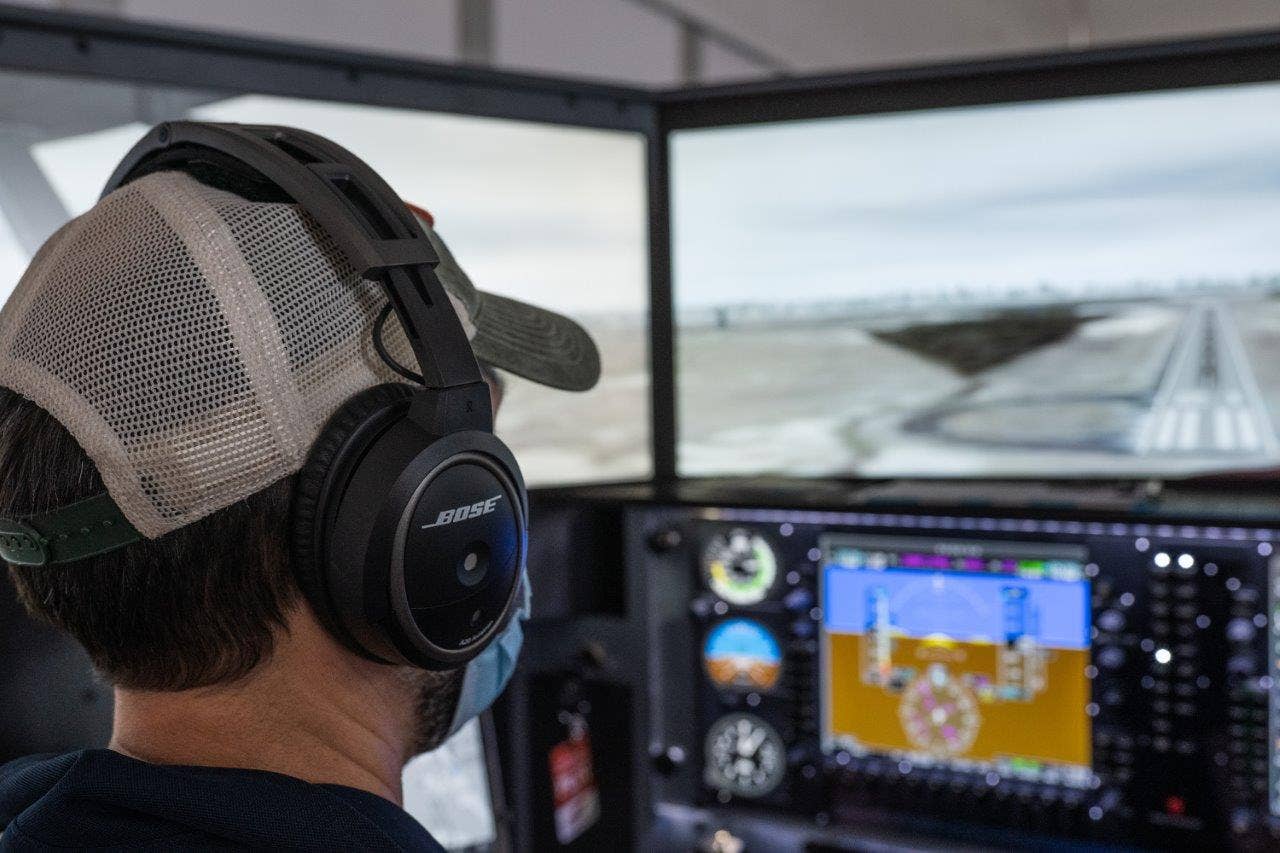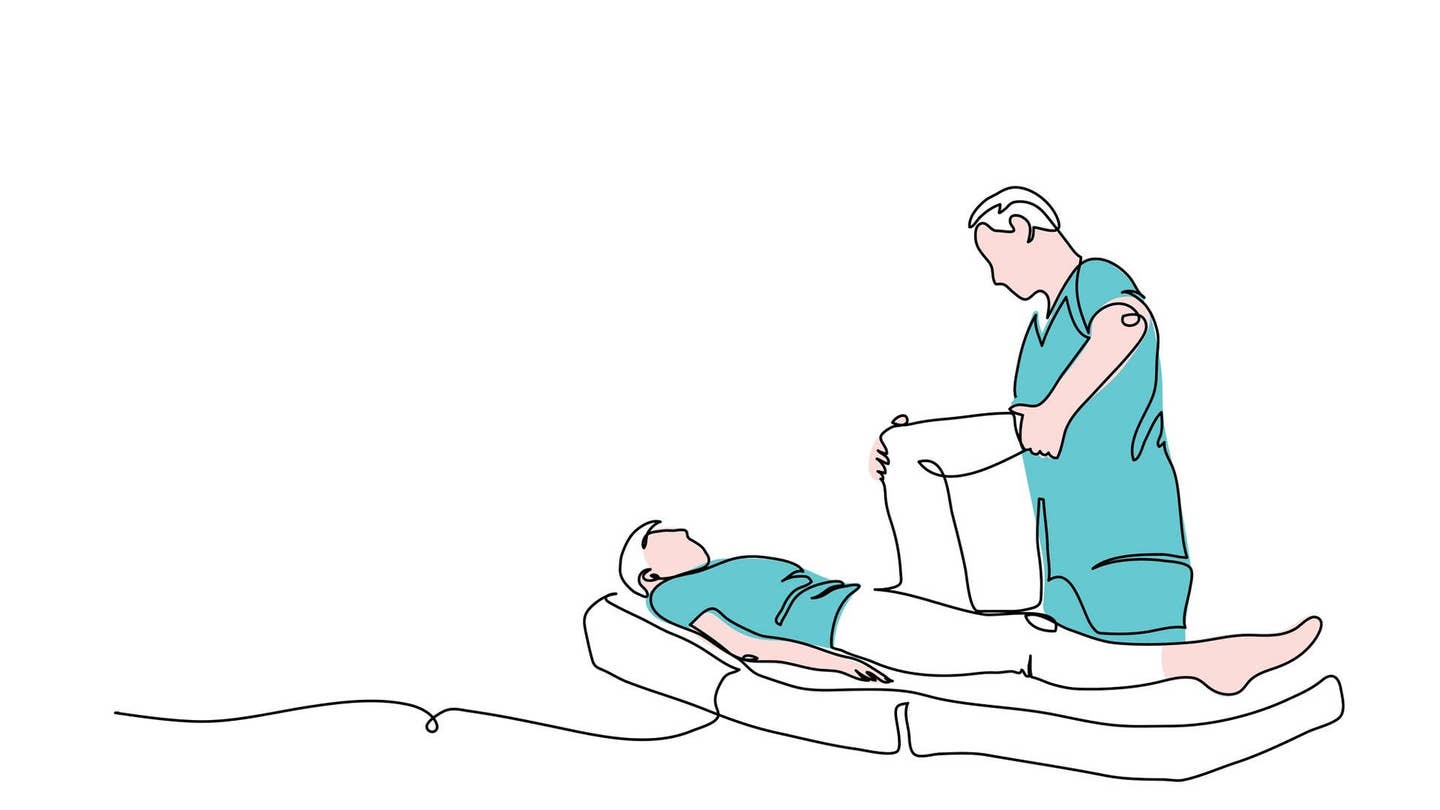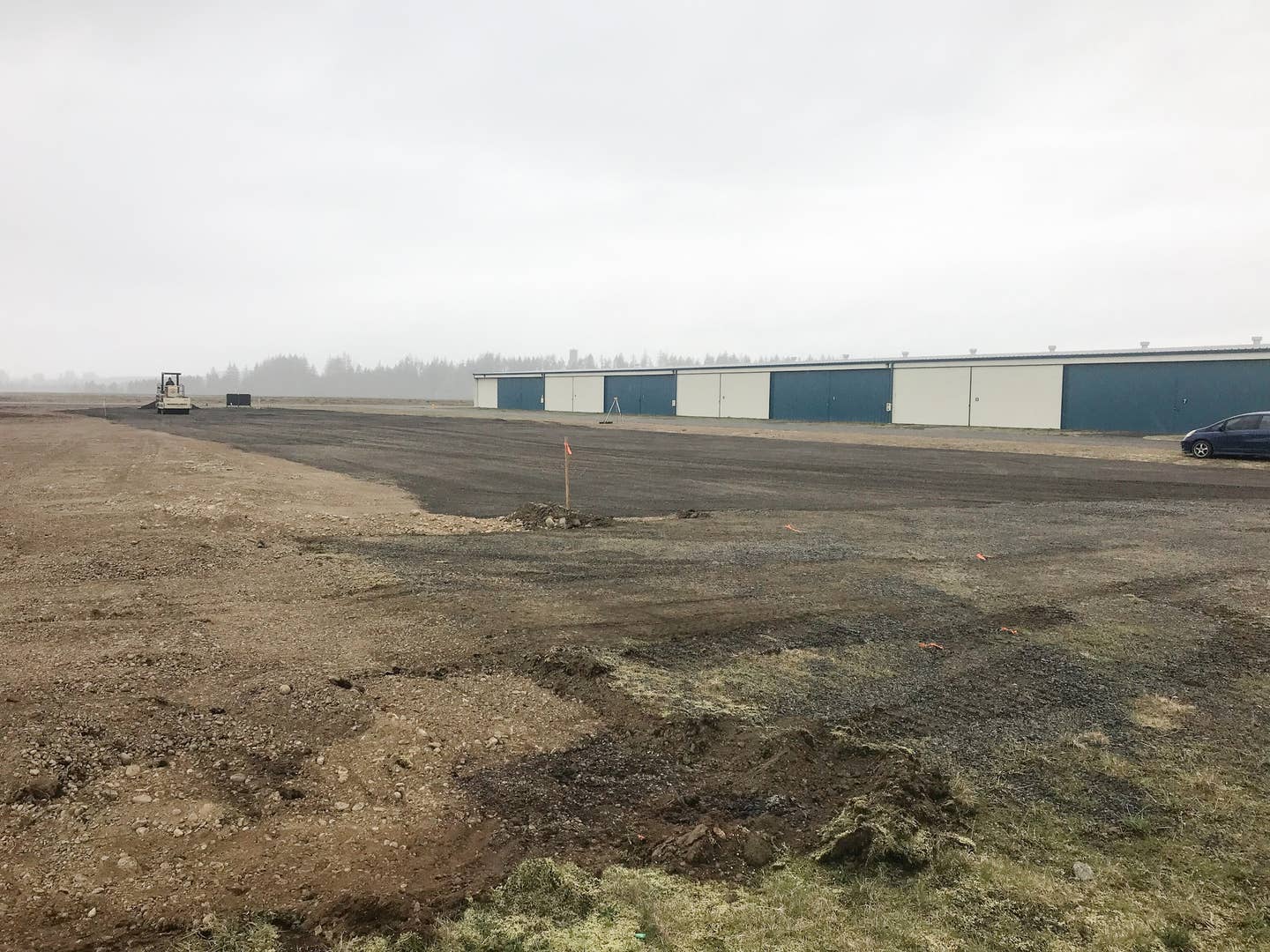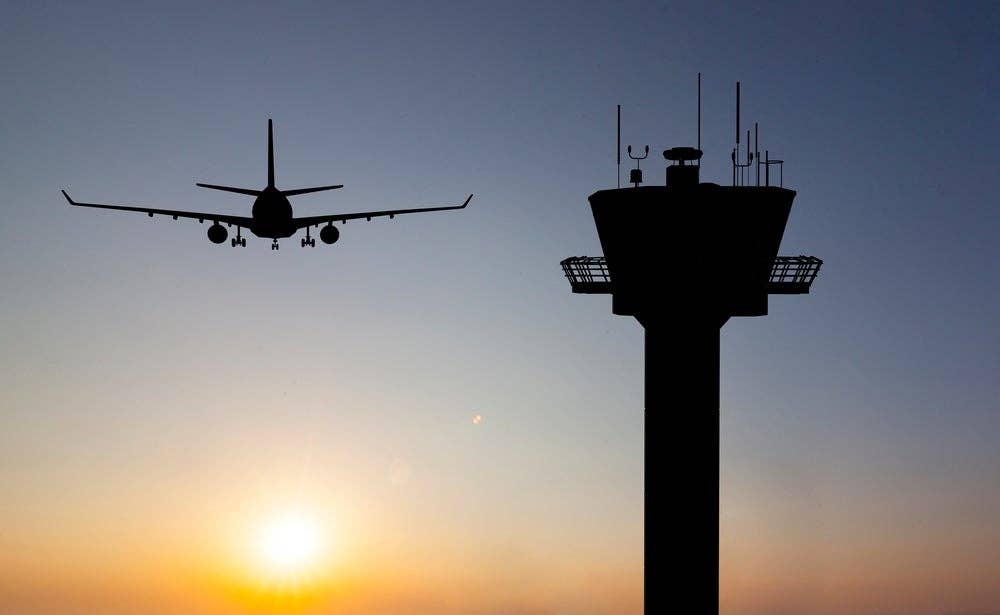Pilot Proficiency Center Moves to EAA Museum at Oshkosh
The change in location creates a permanent spot for continuing education.

The EAA says making the Pilot Proficiency Center a permanent fixture at EAA fits into the organization’s growing commitment to education. [Photo: Signal Theory]
The Pilot Proficiency Center (PPC), a joint venture of the Society of Aviation and Flight Educators (SAFE) and the National Association of Flight Instructors (NAFI), has a new home at EAA AirVenture. With the opening of AirVenture 2022, the PPC will be in its permanent location attached to the EAA Museum.
New Location, New Procedures
For the past few years, the PPC has been located on the “four corners,” a crossroads in the heart of the showgrounds at AirVenture, where it was easy to find and get to. This year, there will be a shuttle running from the main showgrounds to the museum.
Doug Stewart, founding and charter member of SAFE and former executive director of the organization, explained that because of the distance from the main grounds to the PPC, it was decided that walk-in traffic was unlikely. Therefore it was a better idea to provide a more comprehensive experience for show attendees using the space.
"We decided to do 'theme days,'" Stewart explained. "There is an IFR day, there is a backcountry day, a day devoted to CFI to CFI instruction and so forth. People will sign up in advance. Each day starts with a keynote speaker." Stewart notes the client's experience is designed to take approximately four hours.
Just as in previous years, the center will be staffed with experienced flight instructors who donate their time during the convention. The instructors attend training seminars in the weeks ahead of AirVenture and before the show opens to learn how to teach the scenarios.
Making the Pilot Proficiency Center a permanent fixture at EAA fits into the organization's growing commitment to education, says Jeremy Desruisseaux, director of flight proficiency programs for EAA. "EAA has made the commitment to be more on the training side and with the commitment for the next facility and the greenfield concept they knew what they wanted to do," Desruisseaux said.
According to EAA director of communications Dick Knapinski, the concept of a permanent Pilot Proficiency Center utilizing Redbird AATDs grew out of requests from the aviation community to have the program on a year-round basis. A number of people approached Jack Pelton, EAA's CEO, with the idea.
"In late 2018 to 2019, the idea got past the 'you know what could be fun?' to 'this is possible,'" said Knapinski, adding that a number of aviation entities offered to help fund the project, which, like so many other things, was delayed by the pandemic, becoming Project 21.
It will be much more than a facility for AirVenture guests, Knapinski noted. "In the off-season, the facility will be open for EAA chapters and type clubs who wish to come in and practice their skills."
As AirVenture approaches, the equipment for the PPC has been moved into position. The participating CFIs have been treated to a virtual tour during the online training.
"Currently, we have 12 Redbird LDs [the stationary AATDs] in place. It was designed to hold up to 16," said Desruisseaux, adding that there is additional space to accommodate two FMX machines and a Redbird crosswind trainer.
There is also classroom space for seminars and meetings designed to enhance the educational environment.
"The center will be developing a curriculum and a suite of programs and courses to help instructors to get up to speed on the best application of the AATDs," he said. "We want well-thought-out programming and to design learning technologies to try to get away from the old school 'chalk and talk' discussions."
Aviation Education as Part of AirVenture
The Pilot Proficiency Center began in 2009 when SAFE incorporated a Redbird FMX AATD—the full-motion model—into its exhibit tent during AirVenture. The Redbird was configured as a Cessna 172. With the help of the CFI, visitors were offered a variety of scenarios ranging from backcountry flying to VFR laps in the virtual pattern at Oshkosh-Wittman Field (KOSH) to landing on the deck of a virtual aircraft carrier off the coast of San Diego.
SAFE, with the assistance of Redbird and a handful of CFIs, continued to offer this drop-in training not only at AirVenture, but also at Aircraft Owners and Pilots Association (AOPA) and Women in Aviation conventions.
Stewart would spend the next few years convincing the like-minded aviation educators and Jerry Gregoire, the owner of Redbird Flight Simulations, to further develop the Proficiency Project.
Soon, SAFE joined forces with NAFI, and the Pilot Proficiency Project evolved into the Pilot Proficiency Center, adding more than a dozen AATDs with a mixture of Garmin G1000 and round-dial instrument panels, as well as a crosswind trainer in a large centrally located tent complete with air conditioning and separate rooms for preflight briefing and tech talks. The CFIs who volunteered their time were drawn from both SAFE and NAFI.
Pilots choose from a list of challenges, including flying a technically demanding instrument approach in IFR conditions, mountain flying scenarios, and the ever-popular aircraft carrier. The crosswind sim, with full motion and computer-aided metrics, grades the pilot's application of rudder and aileron and proved extremely popular. A team of ground controllers briefed the clients and kept the CFIs on time.
The program continued to grow to the point where the EAA determined it would be beneficial to give the Redbird AATDs a permanent home and to provide training for pilots year-round. Project 21 was the EAA's name for the construction of the 15,000-square-foot facility. The space is located southeast of the main entrance of the museum.
"It looks much different than the rest of the building, so people will certainly see it," Knapinski said.
There will likely be a learning curve this year, as people will look for the PPC in its old location. Still, organizers are enthusiastic about the opportunities the new facility brings, allowing the visitors more focus and less distraction—it can be difficult to concentrate on an IFR approach or mastering a skill like crosswind landing when you are in a tent with an airshow roaring overhead.
"We hope they will value the time," Desruisseaux said.

Sign-up for newsletters & special offers!
Get the latest FLYING stories & special offers delivered directly to your inbox






